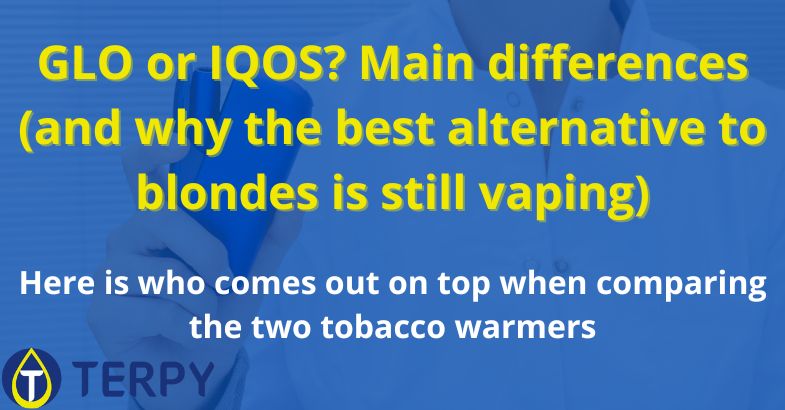Evaluating the safety of Glo electronic cigarettes requires examining scientific evidence and potential risks.
Core Health Considerations
Glo heat-not-burn devices heat processed tobacco instead of burning it, reducing but not eliminating harmful chemical exposure compared to traditional cigarettes.

- Lower Toxin Levels: Studies indicate approximately 90% reduction in harmful compounds like tobacco-specific nitrosamines compared to combustible cigarettes.
- Nicotine Delivery: Contains addictive nicotine (typically 0.5-1.5mg/stick), maintaining dependency risks without combustion byproducts.
- Residual Risks: Aerosol contains carbonyl compounds (formaldehyde, acetaldehyde) at levels between traditional cigarettes and vapes.
Critical User Precautions
- Non-Smoker Advisory: Not recommended for never-smokers or youth due to nicotine addiction risks and unknown long-term effects.
- Cardiopulmonary Conditions: Individuals with heart disease or respiratory issues should avoid use due to nicotine’s vascular effects.
- Regulatory Status: Classified as tobacco product under FDA/EMA, requiring age verification (21+ US, 18+ EU).
- Quality Control: Counterfeit devices pose battery safety hazards – only use authorized retailers.
Comparative Risk Profile
While Public Health England estimates e-cigarettes at 95% less harmful than smoking, heat-not-burn products like Glo show intermediate risk reduction:
- Biomarker Evidence: Short-term studies demonstrate reduced carcinogen exposure versus cigarettes but higher than nicotine replacement therapy.
- Long-Term Uncertainty: Insufficient data exists on decade-scale respiratory/cardiovascular impacts.
The safest option remains complete nicotine abstinence. Current adult smokers switching exclusively to Glo may reduce certain health risks but not eliminate them.










